equality | is greater than | division
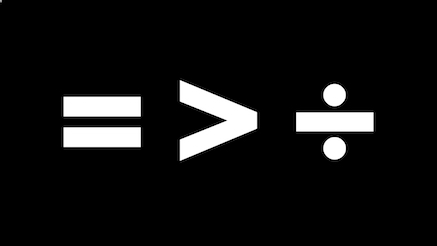

On 21 October 2019, I’m slated to give a talk at the #FITCSpotlight ‘Design Ethics‘ event (making this my 9th appearance at an FITC event in the past 14 years). Here’s an abstract of my presentation…
See What I Mean?
We live in uncertain times on a rapidly warming, fragile, and over-stressed planet. Tumultuous political, social, ecological, and economic instability — along with information overload, an overwhelming pace of change, threatened eco-systems, and staggering social imbalances — threaten our individual sense of purpose, place, and wellbeing. For the majority of our planet’s 7.7 billion human beings, the world remains a place of inequality, injustice, and suffering; even while the privileged of our “developed world” frolic in a buffet of excess, with gluttonous over-consumption as the daily modus operandi.
It’s been said that designers and artists can see and observe differently, more acutely than others — looking deep inside issues, perceiving hidden relationships and causal patterns, possessing an innate consciousness and natural tendency to question and identify needs in “the big picture.” As today’s world has been largely shaped by designers and intentional “form-givers” of the past few generations, are our creative professions even aware of the considerable responsibility that accompanies what we do, and of the complex forces our work exerts on aesthetic, technological, social, environmental, economic, and political fronts?
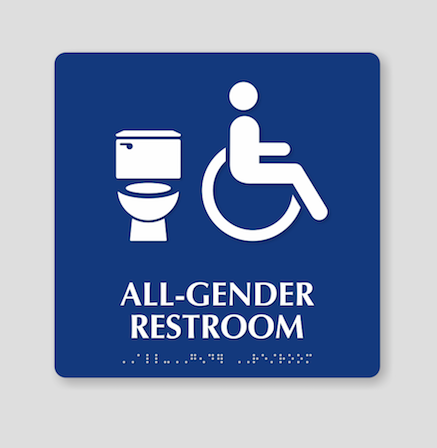

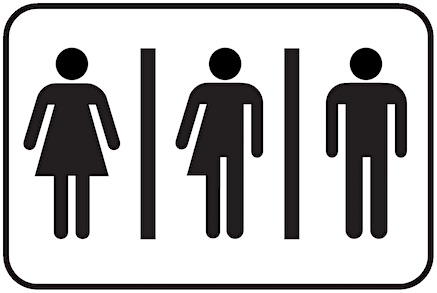
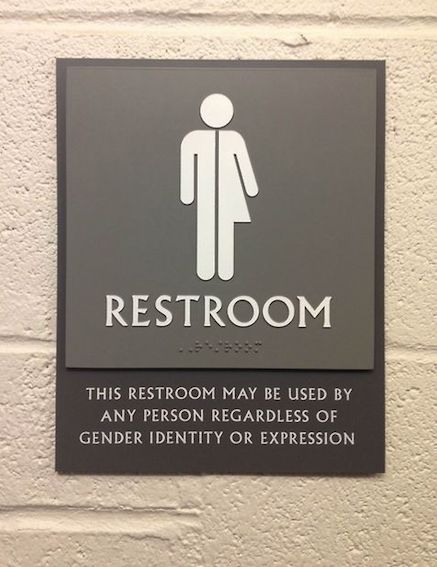
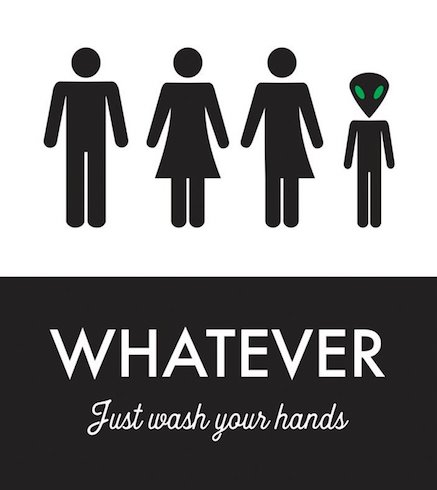
Worldwide
Come on, People! It’s high time for unisex public toilets (aka all-gender toilets, gender neutral toilets, gender free toilets or all-user toilets). These are all toilets which can be used by anybody, regardless of gender identity or presentation.
Public toilets and sanitation facilities need to cater for all people, including those who are part of the LGBTI community. This is an issue with respect to the human right to water and sanitation and also from the perspective of the Sustainable Development Goal 6 (of the United Nations), which aim for universal access to sanitation and gender equality. Simply put, unisex public toilets provide equal sanitation space for all genders.
Gender segregated public toilets are an outmoded vestige of the Victorian era (200 years ago) where women’s modesty and safety were considered at risk and under constant need of surveillance and discipline. Before that (prudish) time, public lavatories around the world offered room for both sexes.
During the past two centuries public toilets around the world have been frequently been segregated by race, class, religion, and gender — and have often been completely inaccessible to certain people with unique needs or disabilities. Making public facilities universally accessible, and to diverse populations, has long been an issue on our “shrinking planet” — it’s high time for change!
More on the topic here. Images from diverse online sources…
Please treat all others as equals, and please do wash your hands.
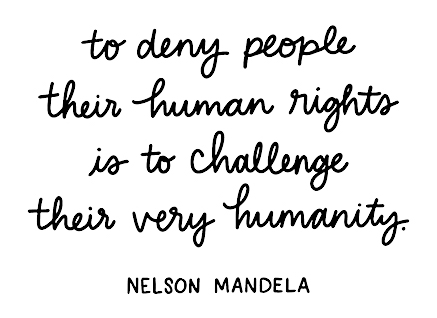
Paris, France
70 years ago today, on 10 December 1948, the Universal Declaration of Human Rights was adopted by the United Nations General Assembly at Palais de Chaillot, Paris. The Declaration arose directly from the experience of the Second World War and represents the first global expression of rights to which all human beings are inherently entitled. The date of 10 December was established as Human Rights Day in 1950, and has been commemorated annually around the world on this date ever since.
These days, the advancement and promotion of worldwide human rights are confronted by growing nationalism, a widespread misinformation epidemic, and the ascendency of identity politics which draw strength from ethnic or religious conflict. All the more reason to celebrate (and disseminate) comprehensive statements of inalienable human rights, I say!
The Universal Declaration of Human Rights is a call to freedom and justice for people throughout the world. Many consider the Declaration to be the most important document ever written, essentially “the international Magna Carta of all mankind.” As such, it has also become the most translated document in the world.
Do you know your human rights? Read the full text of the Universal Declaration of Human Rights here, or download a PDF of the text in English here. Watch an excellent type-and-graphic rendering of the Declaration on Vimeo here.
No man is an island entire of itself; every man
is a piece of the continent, a part of the main;
if a clod be washed away by the sea, Europe
is the less, as well as if a promontory were, as
well as any manner of thy friends or of thine
own were; any man’s death diminishes me,
because I am involved in mankind.
And therefore never send to know for whom
the bell tolls; it tolls for thee.
—John Donne (1572–1631), Meditation XVII
In 1972, I was valedictorian of my graduating high school class at Black Forest Academy. I recited this poem by John Donne as the core of my address. I still feel the piece expresses deep empathy and humanity, welcome traits in a world that seems to skew increasingly isolationist and echoes with ever-louder, exclusionary nationalism. The ‘Brexit‘ issue in particular has (almost daily) put Donne’s wise words “back on my radar”…
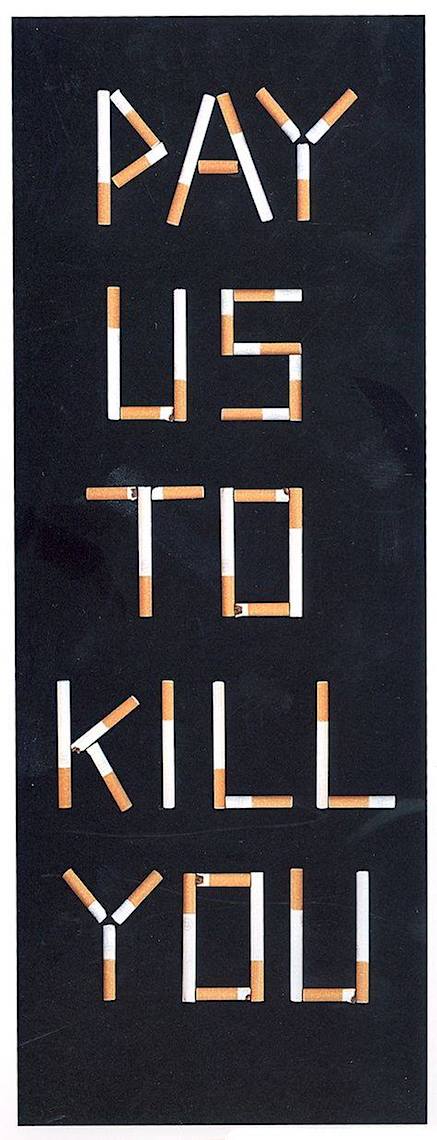
Thanks to David Peters (and his friend David Asari)… “Dan Covert is the designer of the anti-smoking poster. He did this when he was a student at California College of the Arts for his Graphic Design 1 course taught by Mark Fox. Impressive work for a GD1 student.”

Montreal, Canada
It’s two years ago today since poet/troubadour Leonard Cohen moved on into the next dimension. I came across this insightful tribute by Maria Popova online (with thanks to Brenda Sanderson for the link)…
+ + + + +
A generous reminder that we must aim for “a revelation in the heart rather than a confrontation or a call-to-arms or a defense.”
Trained as a poet and ordained as a Buddhist monk, Leonard Cohen (September 21, 1934–November 7, 2016) is our patron saint of sorrow and redemption. He wrote songs partway between philosophy and prayer — songs radiating the kind of prayerfulness which Simone Weil celebrated as “the rarest and purest form of generosity.”
One of his most beloved lyric lines, from the song “Anthem” — a song that took Cohen a decade to write — remains what is perhaps the most meaningful message for our troubled and troubling times: “There is a crack in everything, that’s how the light gets in.” It springs from a central concern of Cohen’s life and work, one which he revisited in various guises across various songs — including in “Suzanne,” where he writes “look among the garbage and the flowers / there are heroes in the seaweed,” and in the iconic “Hallelujah”: “There’s a blaze of light / In every word / It doesn’t matter which you heard / The holy or the broken Hallelujah”.
Read the whole post on Brain Pickings…